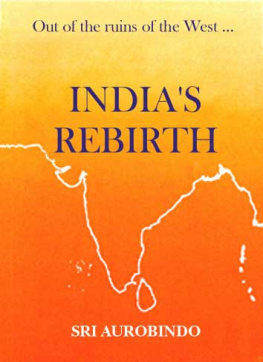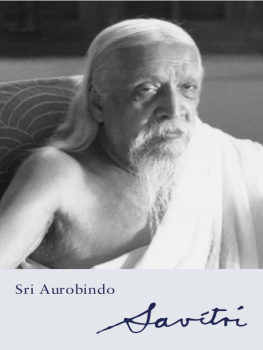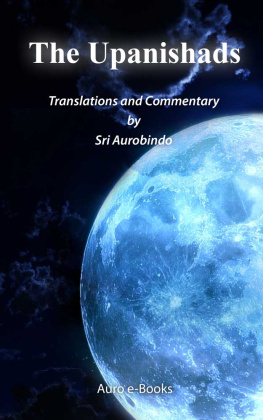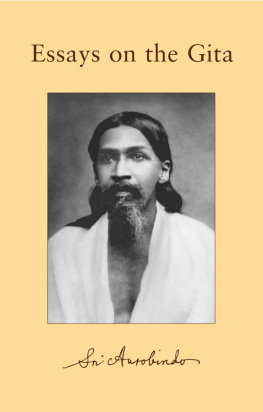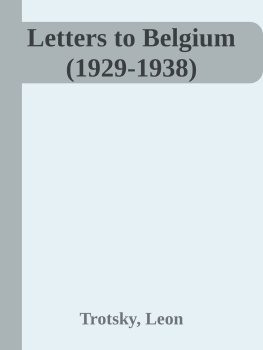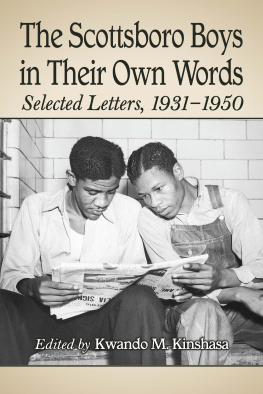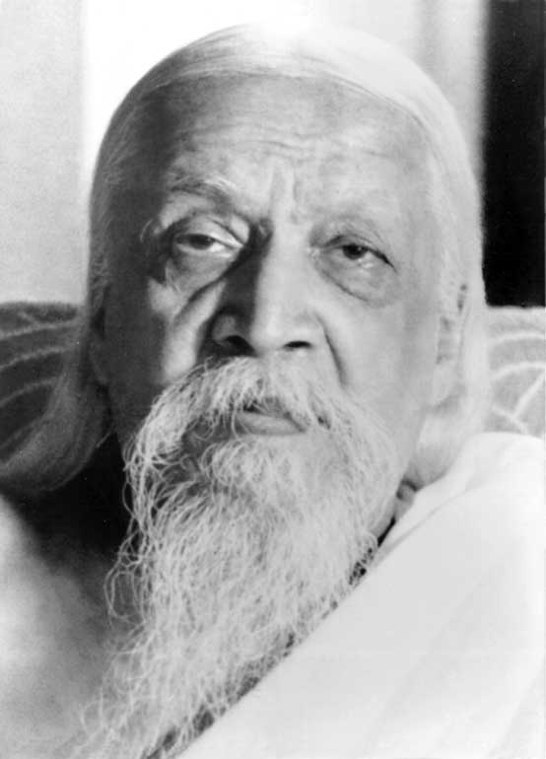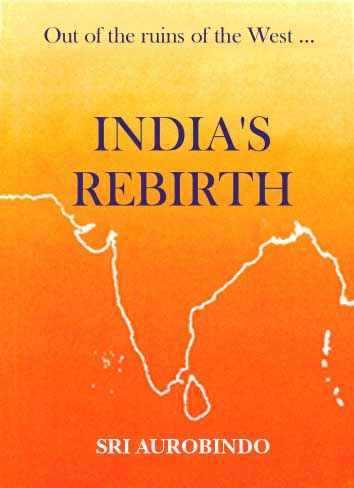Today, with the worldwide churning of blood and mud about to smotherus, our answer to these questions will decide India's destiny.
The present selection from Sri Aurobindo's writings is intended forthose who seek such an answer.
India of theages is not dead nor has she spoken her last creative word; she lives and hasstill something to do for herself and the human peoples. And that which mustseek now to awake is not an anglicised oriental people, docile pupil of theWest and doomed to repeat the cycle of the occident's success and failure, butstill the ancient immemorable Shakti recovering her deepest self, lifting herhead higher towards the supreme source of light and strength and turning todiscover the complete meaning and a vaster form of her Dharma.
I write, not for the orthodox, nor for thosewho have discovered a new orthodoxy, Samaj or Panth, nor for the unbeliever. Iwrite for those who acknowledge reason but do not identify reason with WesternMaterialism; who are sceptics but not unbelievers; who, admitting the claims ofmodern thought, still believe in India, her mission, her gospel, her immortallife and her eternal rebirth.
This book wasprepared by a team of researchers under the direction of Sujata Nahar. Anyprofits arising from its sale will be entirely devoted to the spread of SriAurobindo's vision of India and her future evolution.
The publisher ofthis book, the Institut de Recherches volutives (Institute for EvolutionaryResearch), has published in France the 13 volumes of L'Agenda de Mre (Mother's Agenda) and looks after the worldwidediffusion of Sri Aurobindo's and Mother's evolutionary experience. Theco-publisher, Mira Aditi, looks after the same work in India and Asia.
This compilationwas prepared from Sri Aurobindo's works published by Sri Aurobindo Ashram,Pondicherry, India.
Distributed by:
- In Asia:
MiraAditi Centre
62 Sriranga, 2nd Main, 1stCross
T. K. Layout, Saraswatipuram
Mysore 570 009, India
email:
- In America:
Institut de Recherchesvolutives, Canada
CP41 Chambly
QC
J3L4B1 Canada
- In Europe:
Institut de Recherchesvolutives
B.P. 9
14880 Hermanville, France
email:
3rd edition, 2000 (ISBN2-902776-65-9 & 81-85137-57-9)
Editors' Note
This book presents Sri Aurobindo's visionof India as it grew from his return from England in 1893 to his political daysin the first decade of the century and finally to his forty-year-longwithdrawal from public view during which he plunged into his 'real work' ofevolutionary action.
This brief chronological selection from allthat Sri Aurobindo said or wrote on India, her soul and her destiny, is by nomeans integral, but we trust it offers a sufficiently wide view of the lines ofdevelopment Sri Aurobindo wished India to follow if she was to overcome thedeep-rooted obstacles standing in the way of her rebirth.
A few notes have been added to help put theexcerpts into historical perspective, and a Chronology, list of References andIndex have been provided at the end of the book.
This third edition has been further revisedand enlarged.
India's Rebirth has been received with enthusiasm in India and abroad and has been translatedinto Hindi, Telugu, Malayalam, Oriya, Tamil, Gujarati, Marathi, Bengali,Nepali, as well as French. Its companion volume, India the Mother ,published in 1998, consists of excerpts from the writings, messages, lettersand talks of Mother, Sri Aurobindo's companion, between 1916 and 1973.
I
1893-1910
(Afterthirteen years in England where he received a thoroughly Western education, SriAurobindo returned to India on February 6, 1893, at the age of twenty.
Bankim Chatterji's Anandamath, whichcontained Bande Mataram, the hymn to the Motherland, had been publishedeleven years earlier. Swami Vivekananda had just come to the end of his firstpilgrimage round India, and was preparing to sail for America. But it was goingto take another dozen years for their call to their countrymen to find expressionin the political field. For the present, the eight-year-old Indian NationalCongress, whose members were mostly drawn from the Anglicized upper classes ofsociety, had full faith in British fair-mindedness and the providentialcharacter of British rule in India, and year after year swore its unswervingallegiance to the British crown; it was content with submitting petitionswhich were simply ignored by the Colonial rulers. There was another twelveyears to go before the start of the open struggle for freedom in 1905, andtwenty-five years before Mahatma Gandhi's entry on the political scene in 1918.
Sri Aurobindo was twenty-one when hewrote a series of nine articles, New Lamps for Old, in the Indu Prakash , aMarathi-English Bombay daily; in these articles, which had to be stoppedfollowing pressures on the newspaper's editor, Sri Aurobindo took stock of theprevailing situation and launched into a detailed and forceful criticism of themendicant policy of the Congress. A few extracts:)
August 7, 1893
Wecannot afford to raise any institution to the rank of a fetish. To do so wouldbe simply to become the slaves of our own machinery.
***
August 21, 1893
Ouractual enemy is not any force exterior to ourselves, but our own cryingweaknesses, our cowardice, our selfishness, our hypocrisy, our purblindsentimentalism.
***
August 28, 1893
Isay, of the Congress, then, thisthat its aims are mistaken, that the spirit inwhich it proceeds towards their accomplishment is not a spirit of sincerity andwhole-heartedness, and that the methods it has chosen are not the rightmethods, and the leaders in whom it trusts, not the right sort of men to beleaders;in brief, that we are at present the blind led, if not by the blind,at any rate by the one-eyed.
***
December 4, 1893
Toplay with baubles is our ambition, not to deal with grave questions in a spiritof serious energy. But while we are playing with baubles, with our LegislativeCouncils, our Simultaneous Examinations,our ingenious schemes for separating the judicial from the executivefunctions,while we, I say, are finessing about trifles, the waters of thegreat deep are being stirred and that surging chaos of the primitive man overwhich our civilised societies are superimposed on a thin crust of convention,is being strangely and ominously agitated.
***
(On his return to India, Sri Aurobindojoined the Baroda State Service; from 1897 to early 1906 he taught French andEnglish at the Baroda College, eventually becoming its principal. These yearsgave him a first-hand experience of the dismal condition of education in Indiaand made him feel an acute need for a true national education.)
Early 1900s (?)
Ifthe physical training it [the Indian University system] provides iscontemptible and the moral training nil, the mental training is also meagre inquantity and worthless in quality.... In order for a student to get a degreelet us make it absolutely necessary that he shall have a good education. If aworthless education is sufficient in order to secure this object and a goodeducation quite unessential, it is obvious that the student will not incurgreat trouble and diversion of energy in order to acquire what he feels to beunnecessary. But change this state of things, make culture and true scienceessential and the same interested motive which now makes him content with a badeducation will then compel him to strive after culture and true science.... Wein India have become so barbarous that we send our children to school with thegrossest utilitarian motive unmixed with any disinterested desire forknowledge; but the education we receive is itself responsible for this....

